Barley Production Resources
From managing FHB and understanding chit, to battling herbicide-resistant weeds and optimizing your natural air drying (NAD) systems, SaskBarley provides resources to make it easier for you to grow quality barley in Saskatchewan.
Search the categories below:

What Stubble Means to Moisture Retention According to Dr. Phillip Harder, SWAT Maps
Dr. Phillip Harder of SWAT Maps answers this question at our BarleyBin Live event in Shaunavon, SK: How much difference does an inch or two of stubble make?
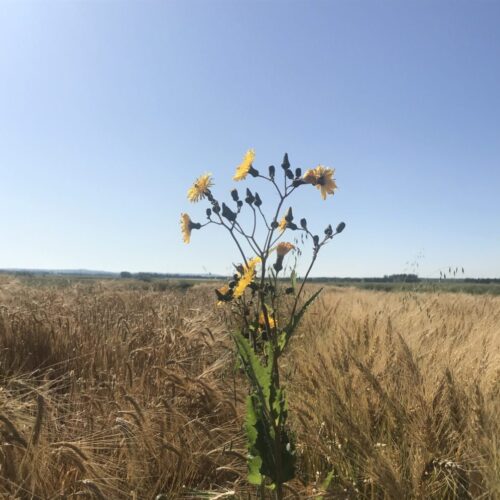
Fall Considerations: Wrapping up the Growing Season
At the end of the harvest season there are still decisions to be made that can help set the farm up for success in the following year. In addition to evaluating decisions made throughout the year, we can begin addressing nutrient management, weed risks, insect pressure and more.
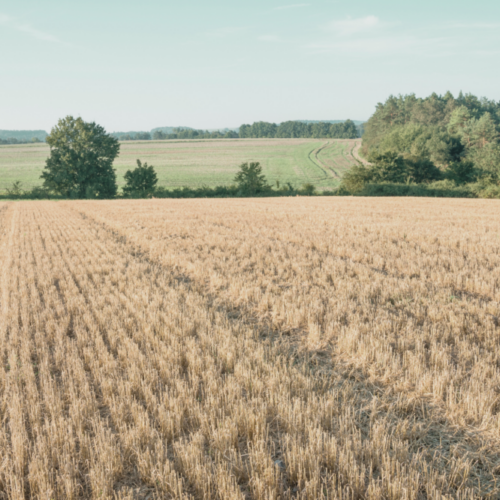
Post-Harvest Review – How Much Taller Could That Stubble Be?
When moisture is limiting, it’s remarkable how much of a difference snowmelt makes. How can you best capture it? Read more.
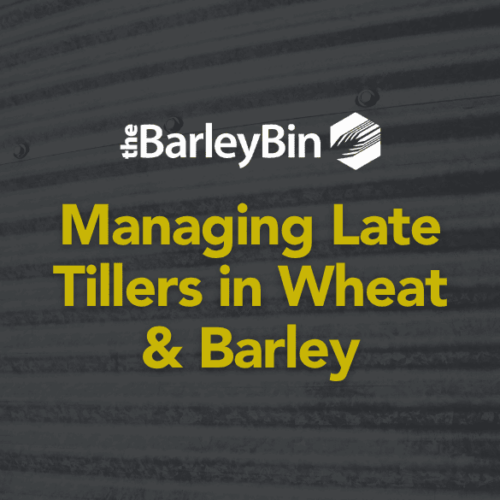
Managing Late Tillers in Wheat and Barley
Figure 1: A barley crop displaying varying tiller maturity There are no straightforward answers when it comes to managing late tillers. Each farm has different needs, equipment, time, target markets, harvest window, and other factors that impact harvest management decisions. However, there are a few factors we can consider when developing […]
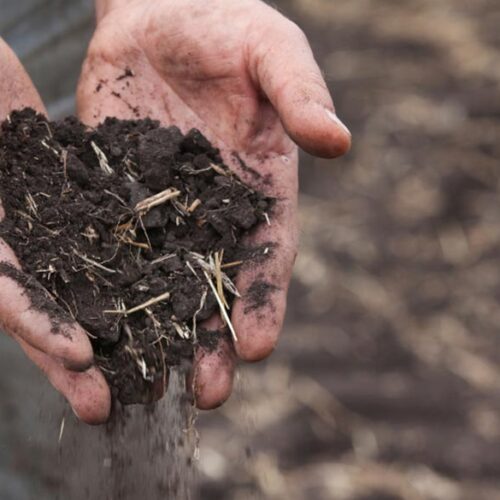
Top Reasons to Soil Test: Maximize Yields, Reduce Costs and Balance Nutrients
Discover the top reasons to soil test your fields and how it helps maximize crop yields, reduce fertilizer costs, and protect the environment. Learn why regular soil testing is essential for sustainable farming.

Soil Testing in Dry Years: Why It Is Even More Important
Soil testing in dry conditions can reveal leftover nutrients, prevent input waste, and improve crop planning. Learn why a fall soil test still matters—even in a dry year.
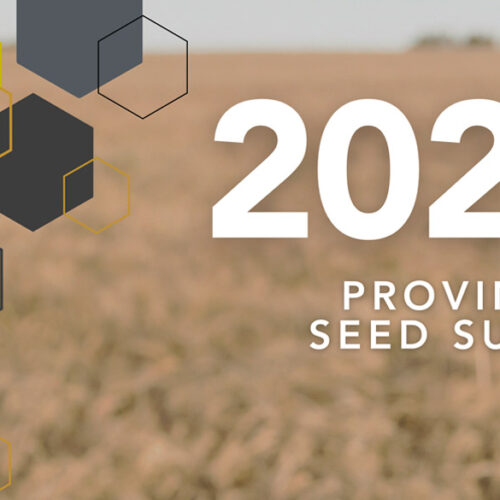
Download the 2023 Saskatchewan Seed Survey Results
This survey provides a record of seed-borne pathogen trends in pulse and cereal crops and allows for continued tracking of diseases over time.

The Science Behind Variety Performance Data from Christiane Catellier, IHARF
Christiane Catellier of IHARF answers this question on varietal performance at the BarleyBin Live in Shaunavon, SK
“We sometimes hear of barley varieties that outperform the expectations we have from the seed guide – what is behind that?”
Barley Production Resources
From managing FHB and understanding chit, to battling herbicide-resistant weeds and optimizing your natural air drying (NAD) systems, SaskBarley provides resources to make it easier for you to grow quality barley year-after-year.
Search the categories below:
Swathing vs. Straight Combining Barley
Discover the pros and cons of swathing vs. straight combining barley to produce marketable malting barley. Learn why desiccants like pre-harvest glyphosates are not allowed and how timing, quality management, and equipment availability play a role in your harvest decision.
Feed Barley: Pre-Harvest Glyphosate Staging for Weed Control
Do not apply pre-harvest glyphosate to your cereal crops when the grain moisture is above 30%. This could leave unacceptable residue levels and impact the marketability of your grain. Use the thumbnail test to determine whether your grain is at the appropriate stage of maturity.
Special Edition: On-Farm Management of Herbicide Resistant Weeds – Josh Lade and Haley Tetreault
This special episode of the BarleyBin podcast was produced in collaboration with Sask Wheat and the Wheat Profit podcast. It focuses on the growing threat of herbicide resistance weeds to the prairies. Herbicide resistant wild oats being the most concerning…
Why CDC Austenson Won 2025 Seed of the Year from SeedWorld
CDC Austenson, two-row feed barley was named Seed of the Year for 2025 by SeedWorld. Retired barley breeder, Dr. Brian Rossnagel, formerly of the Crop Development Centre (CDC) in Saskatoon, SK examines why this feed variety has been so popular among Western Canadian farmers.
Unlocking Barley’s Potential: New Varieties and Advances in Plant Breeding
Discover new malt and feed barley varieties and learn about the latest advancements in barley breeding technology from Dr. Aaron Beattie of the Crop Development Centre.
Trends in Barley Varieties for 2025
Mitchell Japp explores the trends in barley variety selection ahead of the 2025/26 growing year. Discover uptake and decline of the top 6 varieties in both the malt and feed barley categories.
Managing Herbicide Resistant Wild Oats in Barley
Herbicide resistant wild oats can cause a lot of headaches for farmers every growing season. Stamping them out requires a weed management plan that goes beyond herbicide application. SaskBarley has put together a list of resources to help you to get the upper hand on wild oats in your crop.
Strategies for Managing Herbicide Shortages
Learn how to navigate herbicide shortages with practical strategies to ensure effective weed management in the Prairies.
Managing Resistant Wild Oats on Your Farm
Hear from farmers across Western Canada as they share their experiences, management tools and techniques to manage the spread of resistant wild oats within their own operations.

